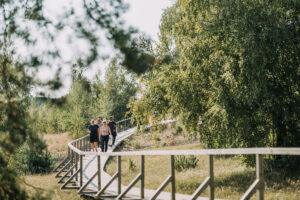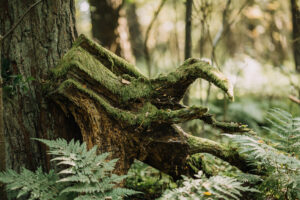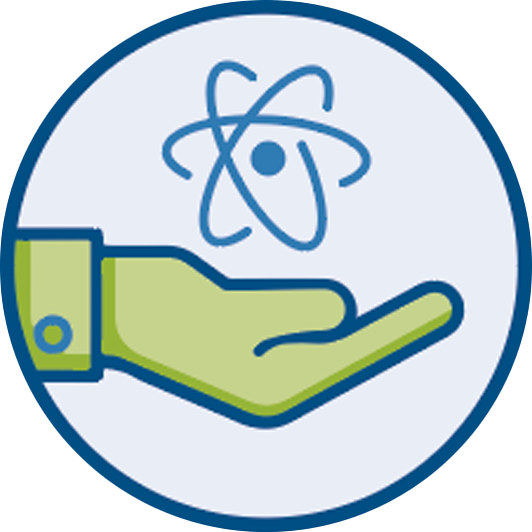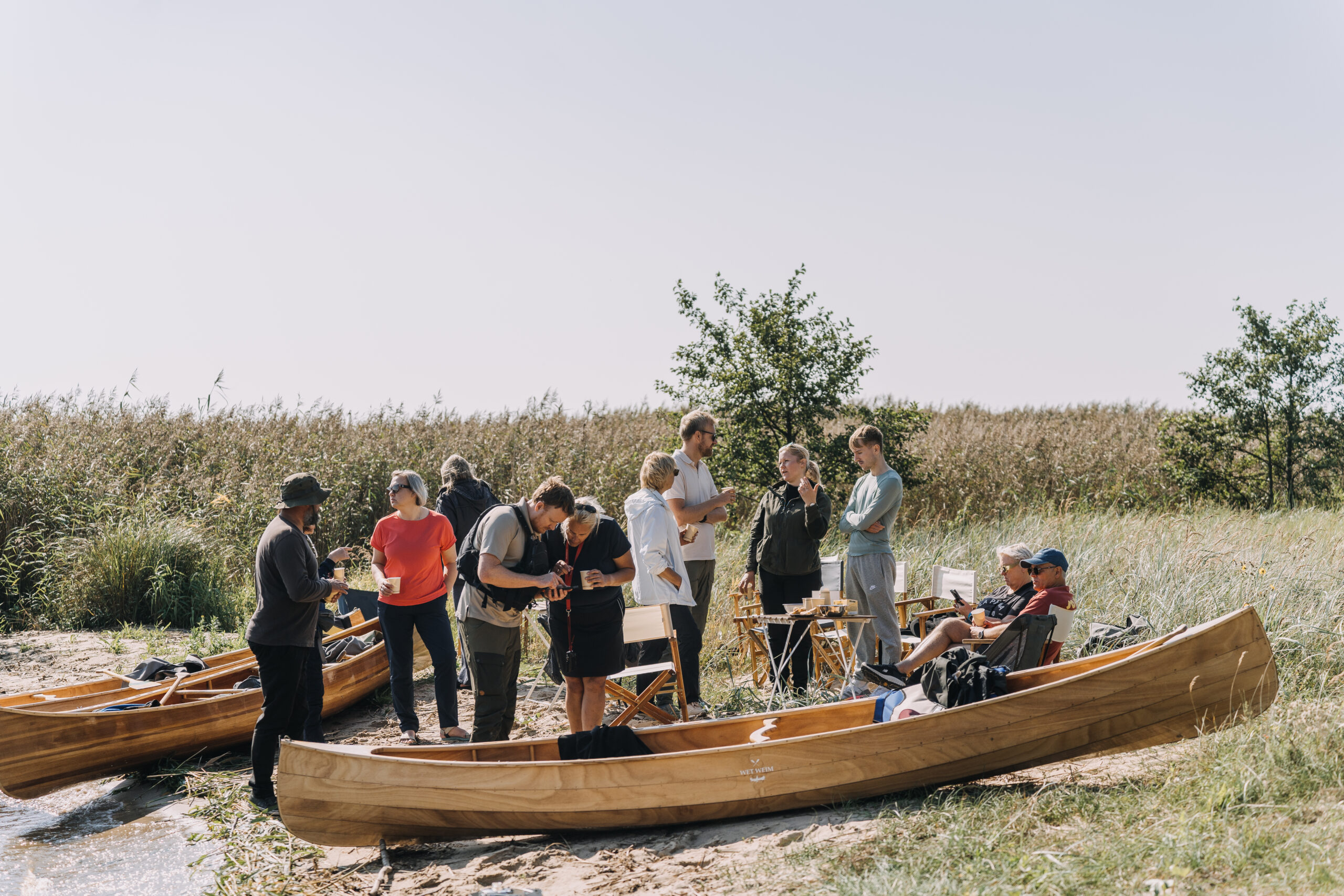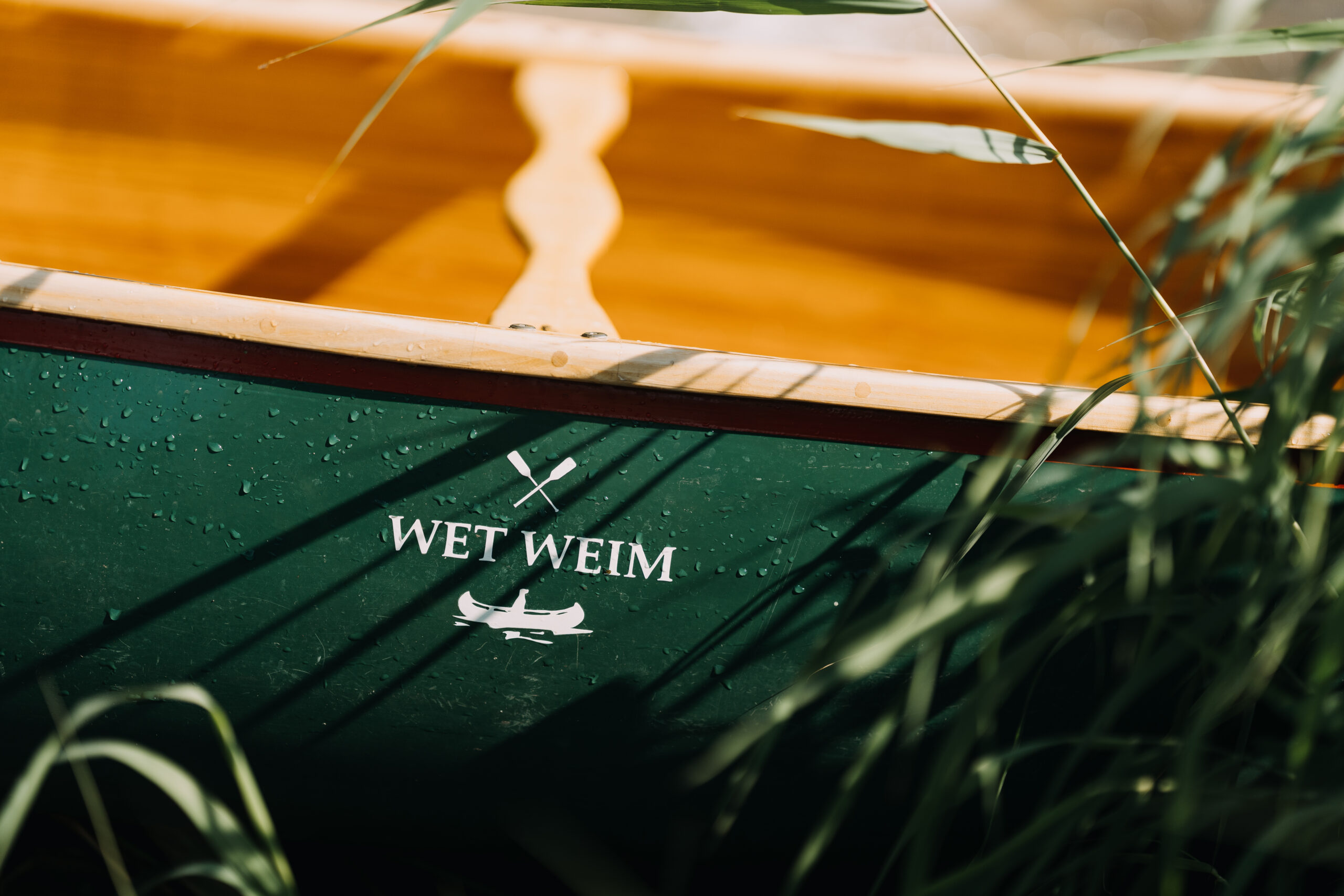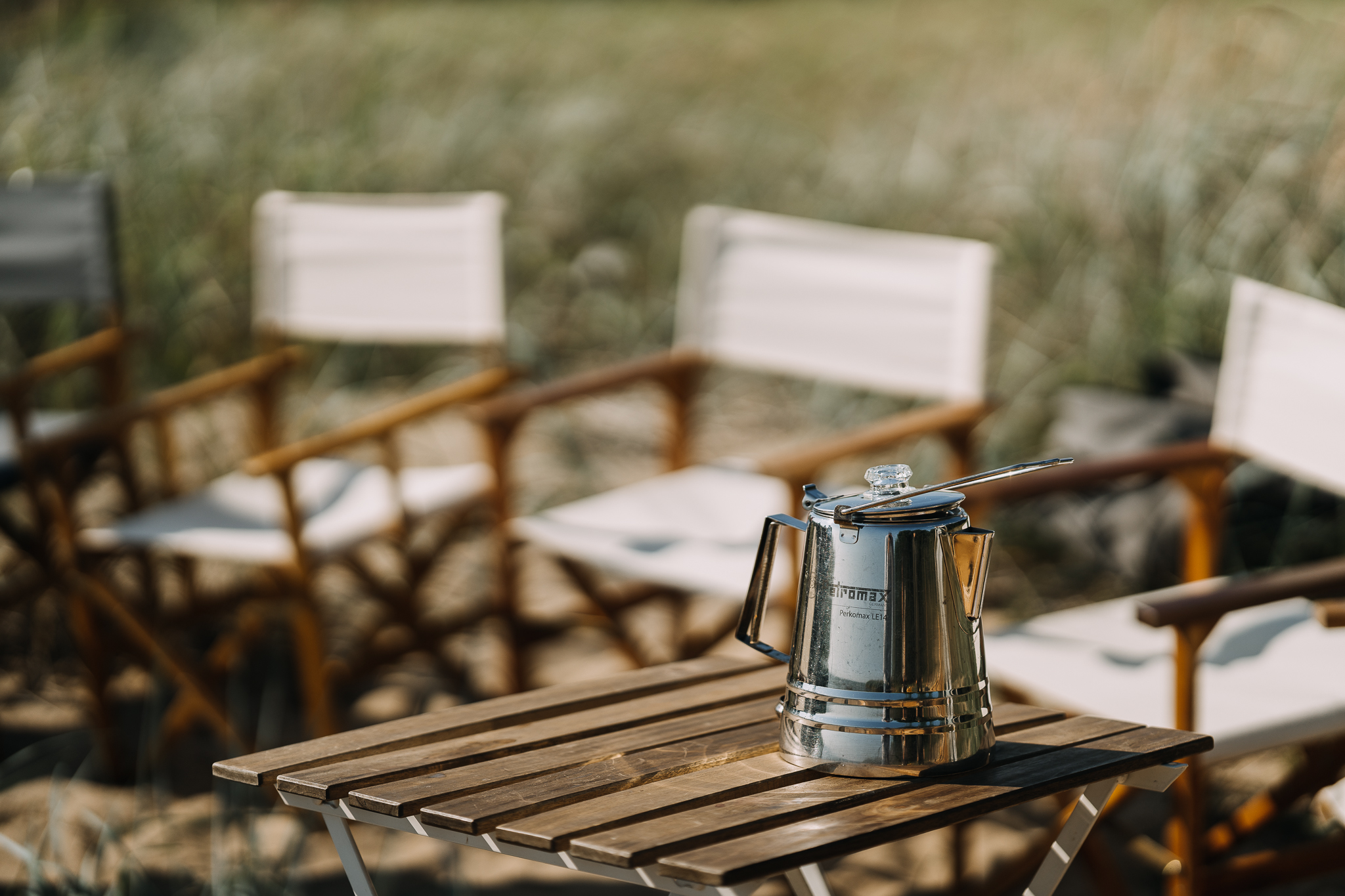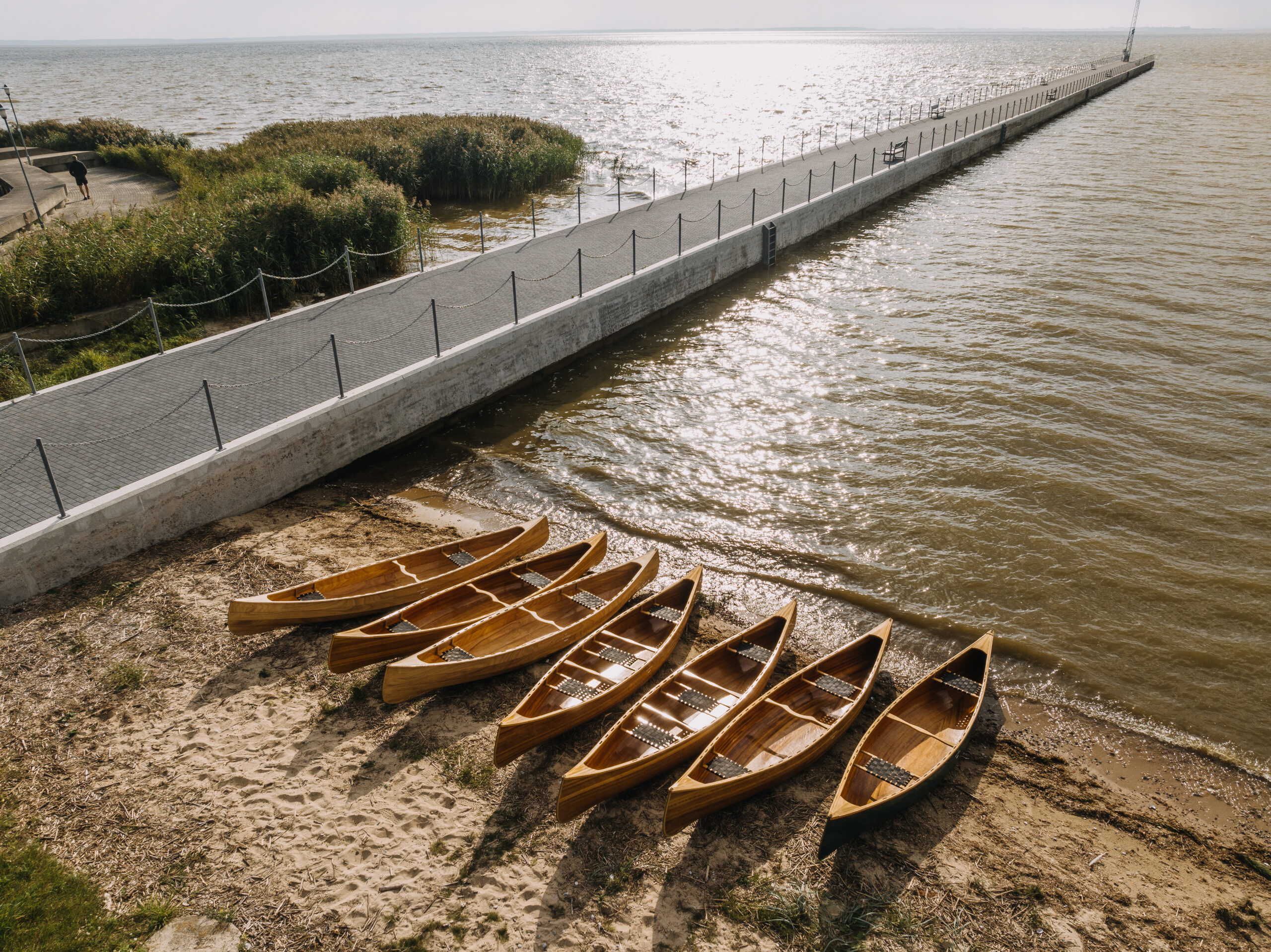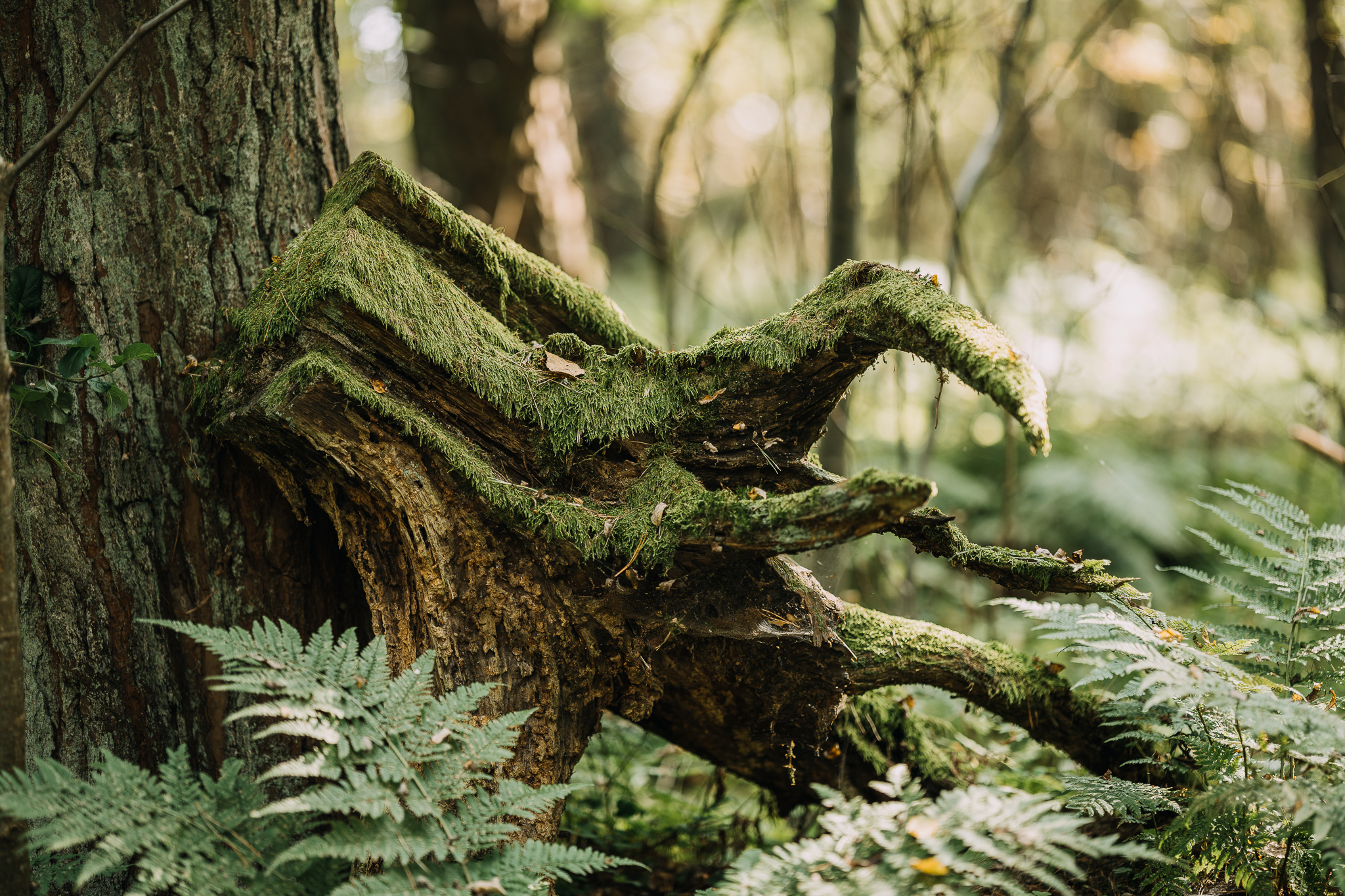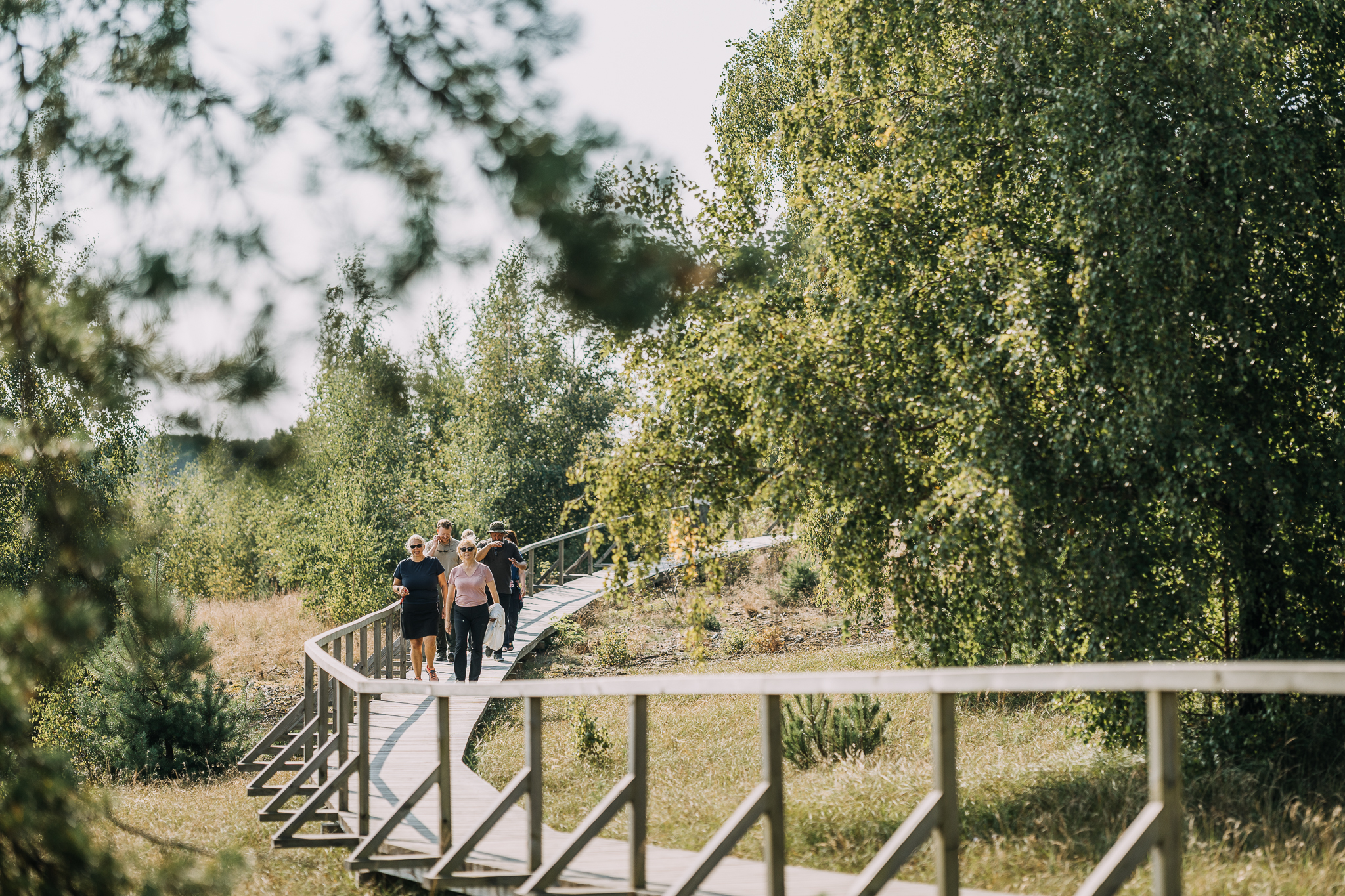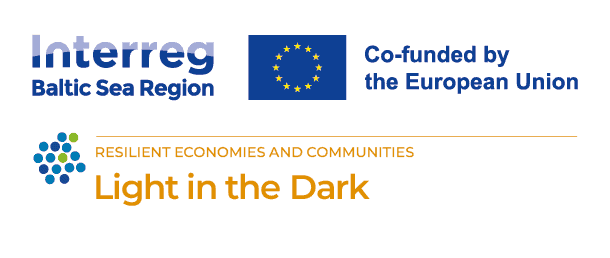
Canoes, Culture, and Connection: Piloting Winter Secrets with Light in the Dark
30 October 2025
Originally published on Novialia
In early September, our group of project managers, small and medium-sized business owners, and project partners from Finland and Latvia, gathered in Lithuania to pilot new experiences as part of the Light in the Dark project. Together, we had the opportunity to test and develop tourism products in real-life conditions, exploring how local initiatives can contribute to sustainable low season travel in the Baltic Sea region.
Each partner region works with local SMEs to co-create experiences that reflect their unique cultural and natural assets. These pilots are then focused on testing ideas, gathering feedback, and preparing for the project’s final dissemination through handbooks, seminars, media banks, and AI tools.
Arriving at the Lithuanian seaside for the Light in the Dark pilot felt both familiar and foreign. As someone from the Finnish archipelago, I was surprised by how different the Baltic Sea can feel. Here, the sea is vast and open, with no islands in sight, just a wide horizon that makes the ocean feel endless. It’s a place that feels like home, yet not quite. The atmosphere is welcoming, even if the landscape felt different.
The weather was unpredictable, with sunshine and strong winds on the first day, followed by heavy rain during the second piloting day. The rain stopped just as the pilot ended, almost as if nature was playing along with our schedule.
This pilot in Lithuania was part of a larger journey within the Light in the Dark project, where fifteen small-scale tourism products were tested across Finland, Estonia, Latvia, Lithuania, and Sweden. Each pilot aimed to evaluate authentic, sustainable, and memorable experiences for the low season, together with local SMEs.
They feed directly into our upcoming outputs like the handbook and AI tools and help ensure that what we share with others is grounded in real-world practice.
Mighty Sands Canoe Tour
As someone who owns a kayak and regularly paddles around the Finnish archipelago, I went into this pilot thinking, “Easy peasy.” I mean, how different could canoeing be? Turns out, very.
Our guide Janis Žekanis greeted us with a smile and said, “Forget everything you know about kayaking. Canoeing is a whole new adventure.” And he was right. The handmade canoes, crafted by Janis himself, were stunning. Sleek, sturdy, and full of character. But they also had their own rhythm, and learning to paddle in sync with a partner was a challenge I hadn’t expected.
We practiced around the pier before heading out as a group toward another beach for a coffee and tea break. The guide’s ability to adapt the route to the wind and weather made the whole experience feel safe and well-organized. That said on the way back, Mathias Gröndahl and I managed to tip our canoe and fall into the water. To my surprise, it was actually quite warm, definitely not the icy plunge I had braced for. With a little help from our guide, we were back in the canoe in no time, laughing and wet but safe. It was a true adventure.
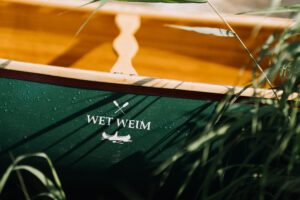
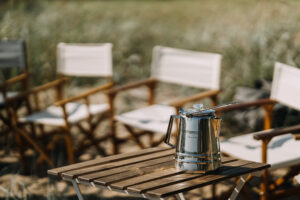
Discover the Winter Secrets of the Dune Tribe
Our second pilot, Winter Secrets of the Dune Tribe, turned out to be a cozy cultural deep dive, rain and all. The weather wasn’t exactly on our side, with a steady drizzle that nudged us to tweak our plans. But honestly, it added a kind of quiet charm to the whole experience.
Our guide, dressed in traditional Curonian clothing, welcomed us with stories that felt like stepping into another time. We visited a local house museum, where the walls seemed to whisper tales from the past. The planned picnic had to be moved indoors, but the atmosphere remained warm and inviting. Later, when the rain eased up (well, it didn’t stop completely, but it was no longer a full-on downpour), we climbed a nearby hill and got a misty view of the sand dunes.
We ended the tour by visiting the local amber museum, which offered fascinating insights into the region’s geology and traditions. Created by the local entrepreneurs Virginija and Kazimieras Mizgiris, the museum was a great example of how heritage and innovation can come together to shape tourism in a meaningful way.
Reflections from the Field
As the new project manager for Light in the Dark, this pilot meant a lot to me personally. Meeting people face-to-face after many Teams calls, finally brought the project to life for me. I felt fully present, engaging with the people, places, and ideas we have been working on for months. The logistics ran smoothly, with comfortable accommodation in Klaipėda and Nida, and the photography team captured the atmosphere beautifully.
From a project perspective, this pilot was a valuable checkpoint in our work plan. It demonstrated how co-created tourism products developed in collaboration with local SMEs can function in real conditions, even during the low season. The canoe tour and cultural experiences were both well received and showed how local knowledge, storytelling, and flexibility can create meaningful visitor experiences, even when the weather is unpredictable.
What stayed with me most was the sense of momentum. Seeing the pieces come together, people collaborating, products being tested, and ideas taking shape was highly energizing. Being part of that process, as both the project manager and a participant, reminded me why Light in the Dark matters.
Author: Janina Selin
